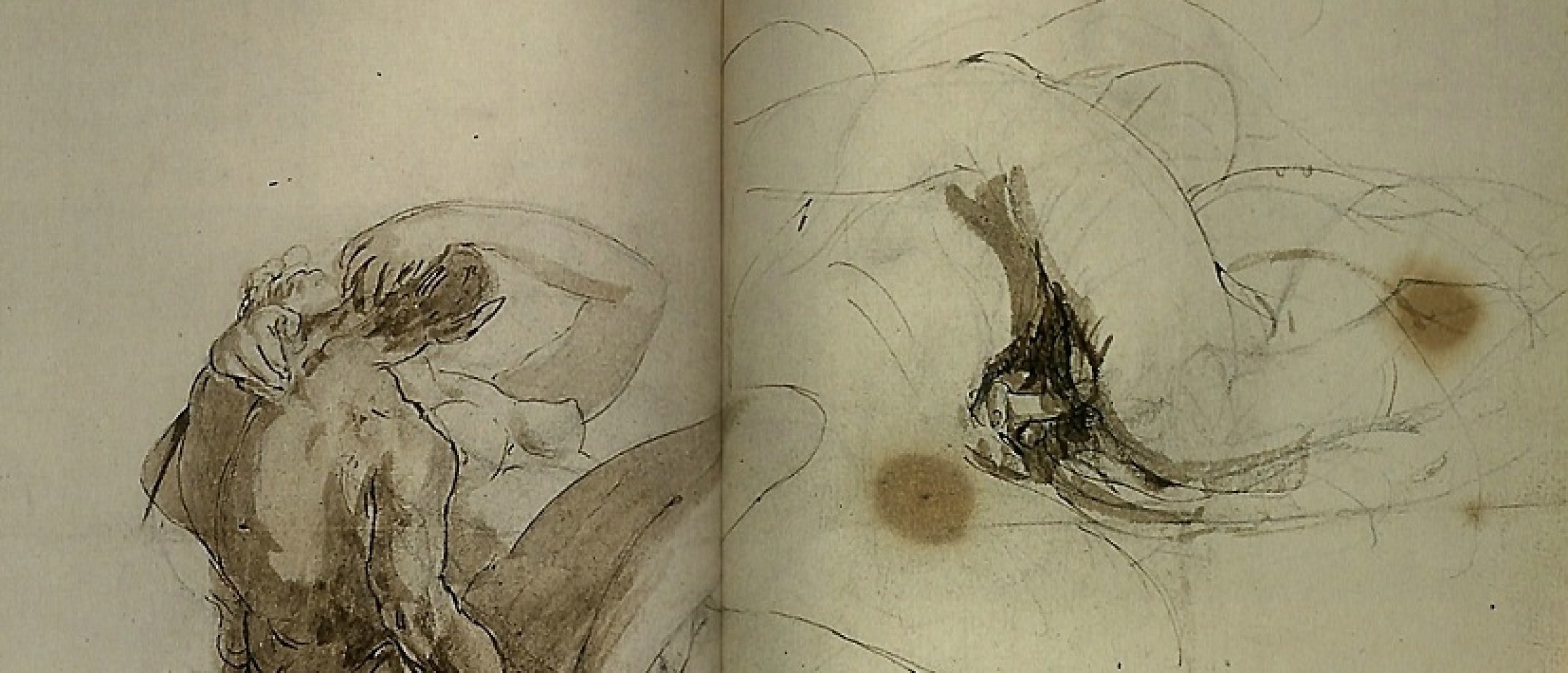
In 2000, Turner's erotic sketches were presented at the Ruskin exhibition at the Tate Gallery. Unlike earlier times, more specifically the Victorian era, which retaliated and prevented this part of Joseph Mallord William Turner's work from being published. Since the 1960s, changes in sexuality have made it possible, through academic studies, to reassess Turner's drawings geared to the sexual theme (Fig. 1 to 9).
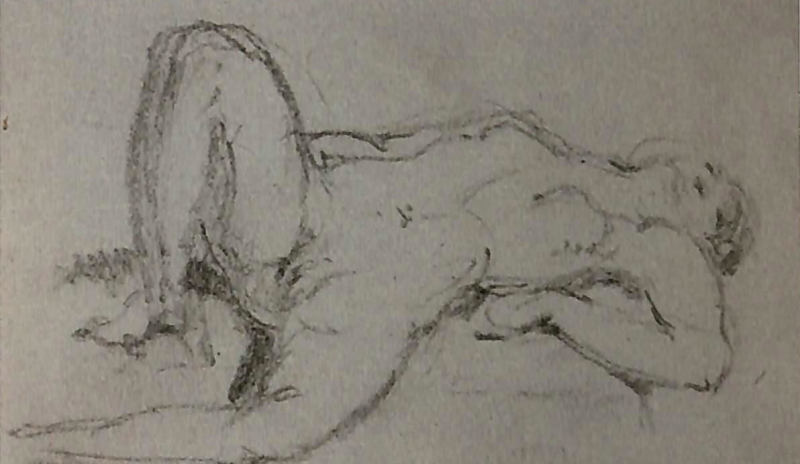 Fig.1.
Fig.1.
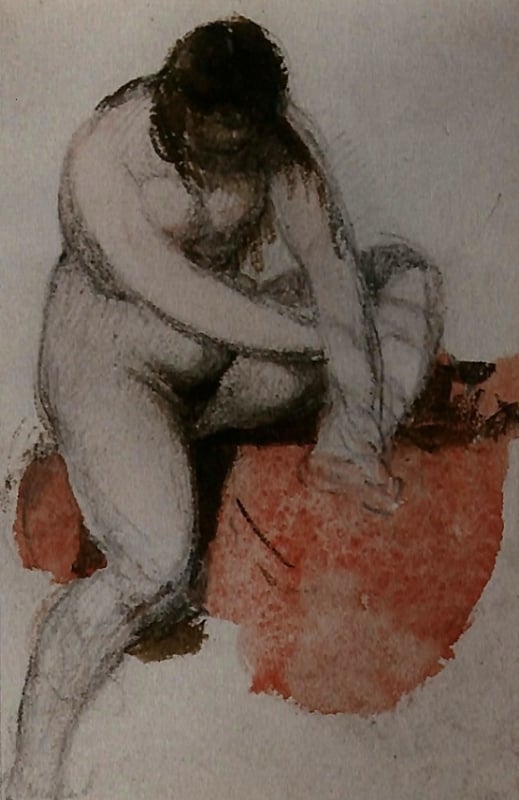 Fig.2.
Fig.2.
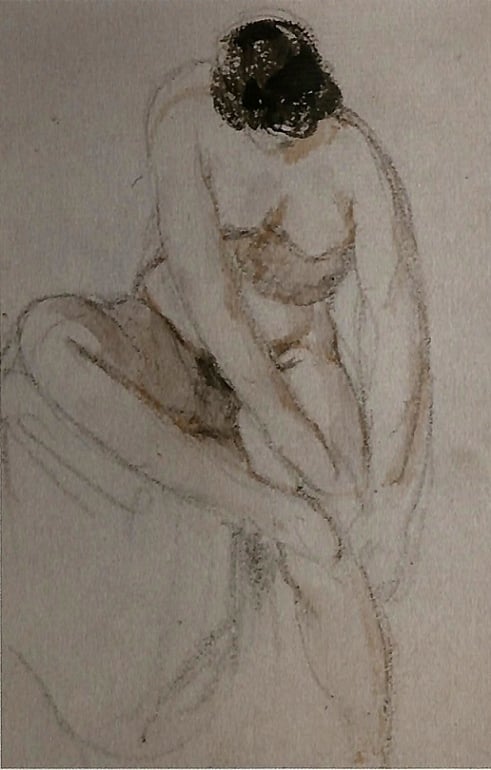 Fig.3.
Fig.3.
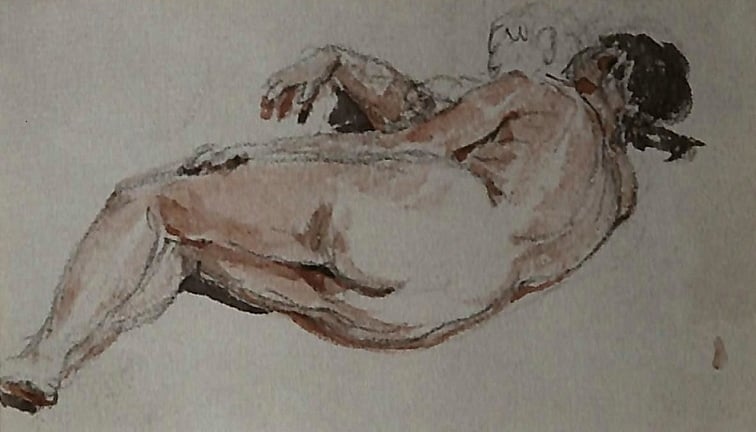 Fig.4.
Fig.4.
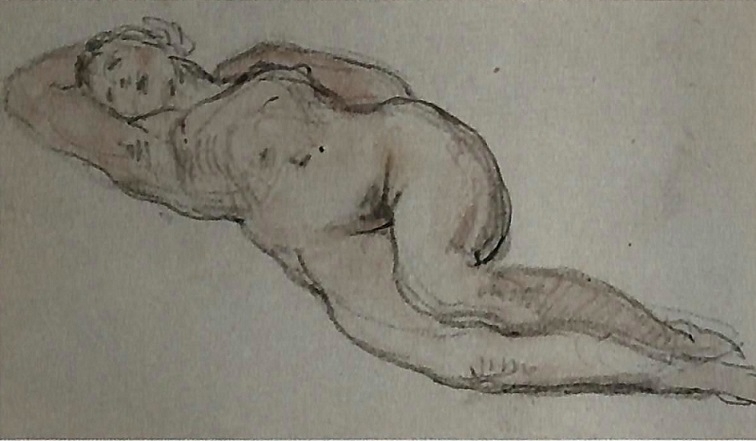 Fig.5.
Fig.5.
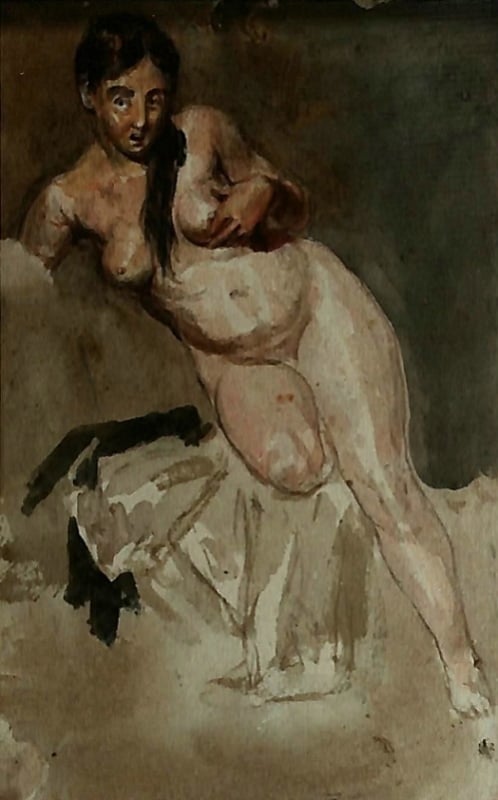 Fig.6.
Fig.6.
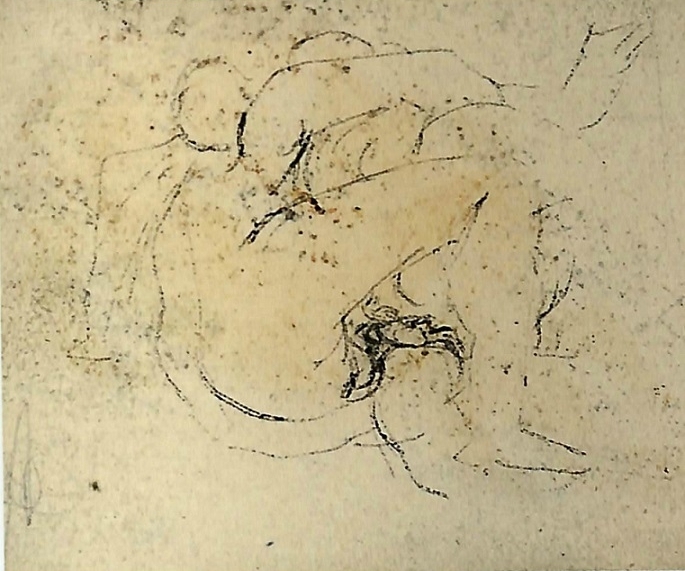 Fig.7.
Fig.7.
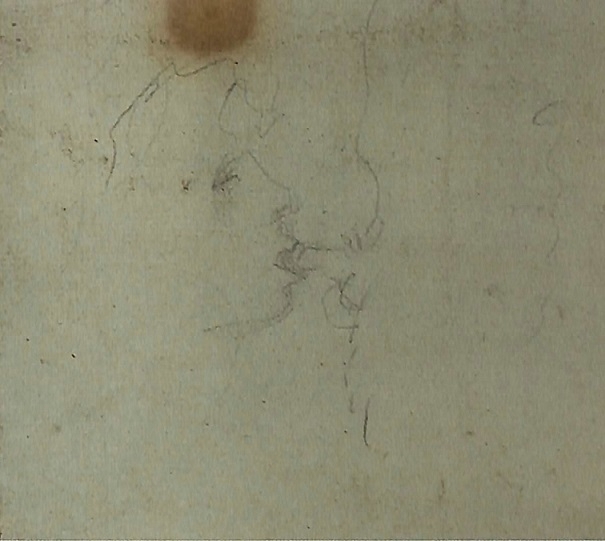 Fig.8.
Fig.8.
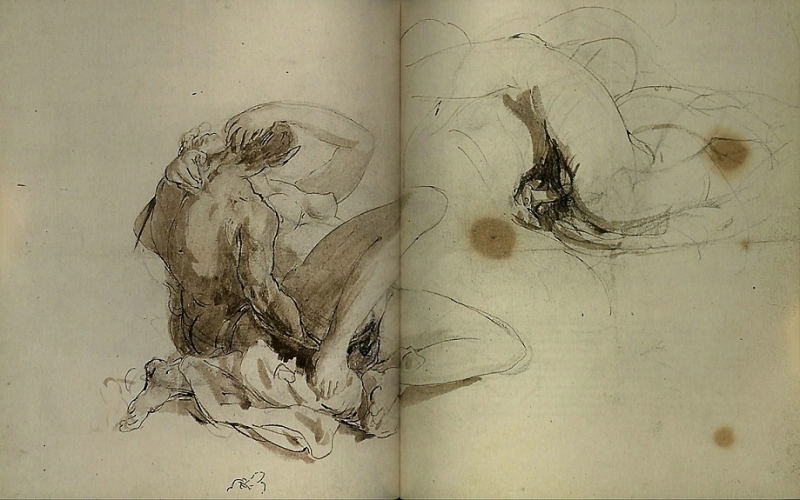 Fig.9.
Fig.9.
Erasing Rumors
If erotic artistic production was, as Peter Webb wrote, “merely a normal part of artistic development”, for 20th-century scholars studying Turner's work, the difficulty arose in approaching an artist of the Georgian period whose reputation had been formed by the Victorians. In view of the painter's personal life, the decorum of the Victorians was aimed at erasing rumors about his sexual behavior as well as the rumor of illegitimate children arising from it, to create an artist molded to the moral principles that governed society of that time.
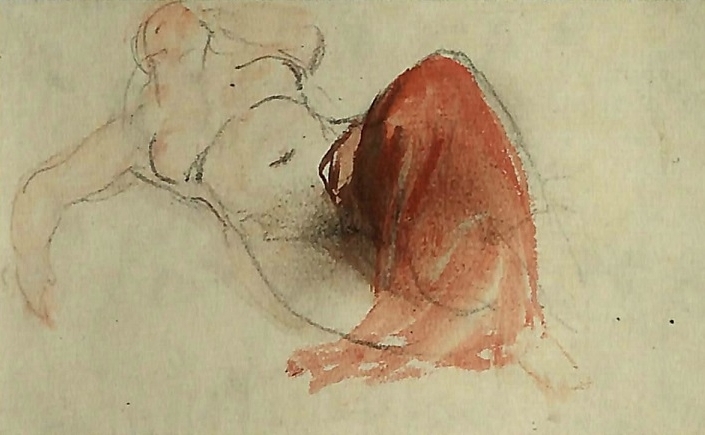 Fig.10.
Fig.10.
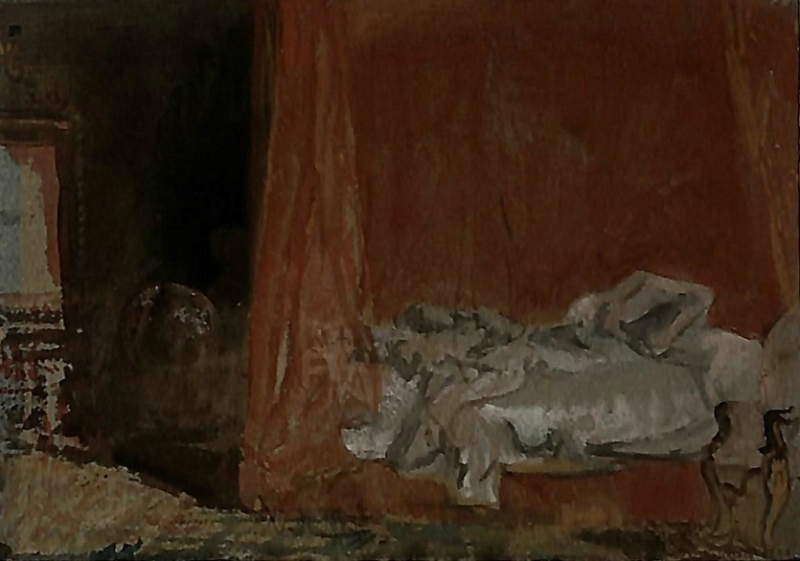 Fig.11.
Fig.11.
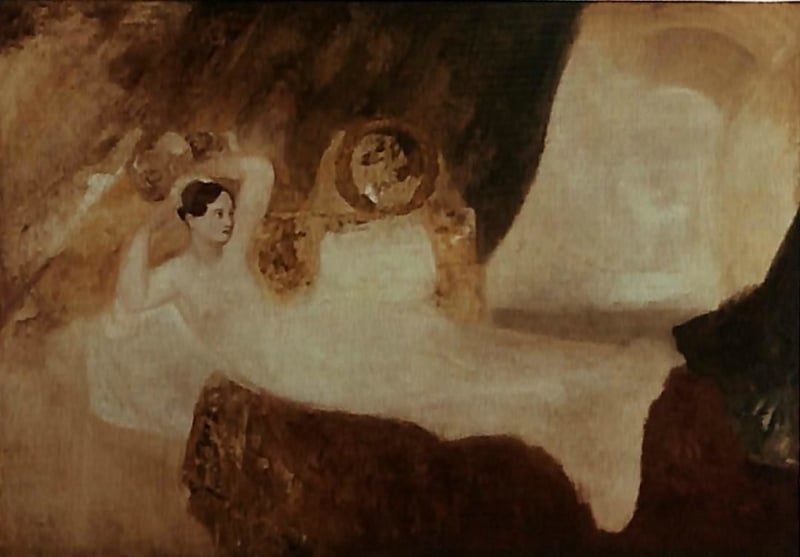 Fig.12.
Fig.12.
Artist's Erotic Studies
If, at first, the art critic John Ruskin, whose fame was capable of promoting artistic groups, as he did with the Pre-Raphaelites, or of almost destroying careers, such as the controversy with James Abbott McNeill Whistler, he states, in his Modern Painters, that Turner was one of the greatest English landscapers, soon after, comes the disappointment that led him to a deep crisis when, in 1857-8, he found the artist's erotic studies. Ruskin's interpretation of Turner was so decisive for the Victorian era that, shortly after the discovery of erotic sketches in 1858, it was speculated that the critic himself had set fire to them with the intention of cleaning up the artist's collection.
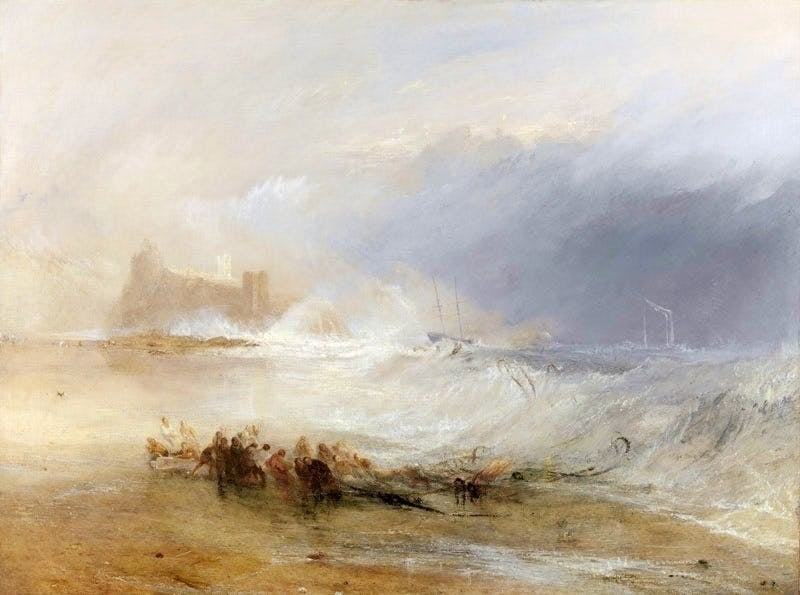 Fig.13.
Fig.13.
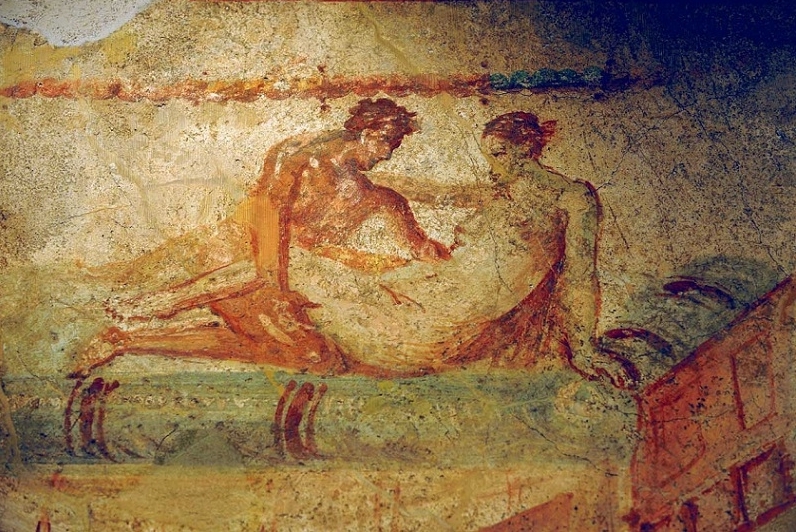 Fig.14.
Fig.14.
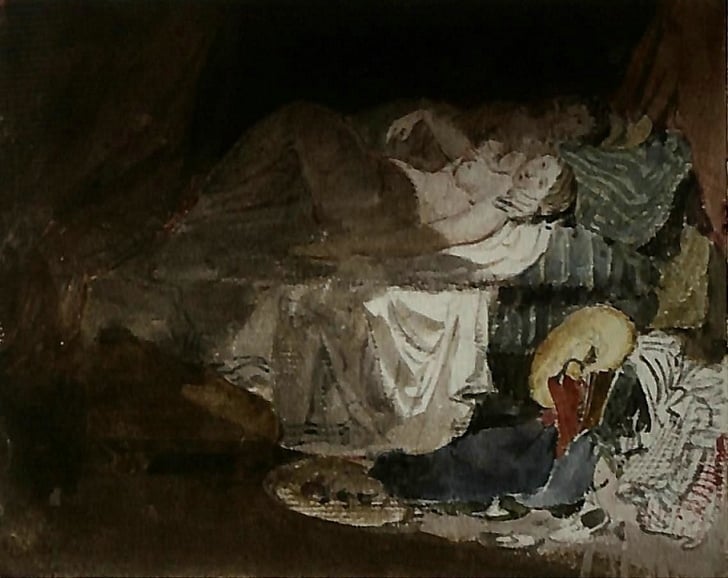 Fig.15.
Fig.15.
Secret Sketches
This controversy, analyzed by Ian Warrell in his book Turner's Secret Sketches, was configured in a series of questions, as the author comments: “the very existence of a significant body of Turner's erotica seemingly contradicts the idea of an exhaustive purge, thereby suggesting that the issue is far more complicated than it might at first seem, raising numerous questions. How is it possible that these items have survived if Ruskin really did destroy all of that sort of material? Did he perhaps only destroy some of the sketches? If so, how did he decide which to preserve? Is the material that survives greatly different from whatever was destroyed?"
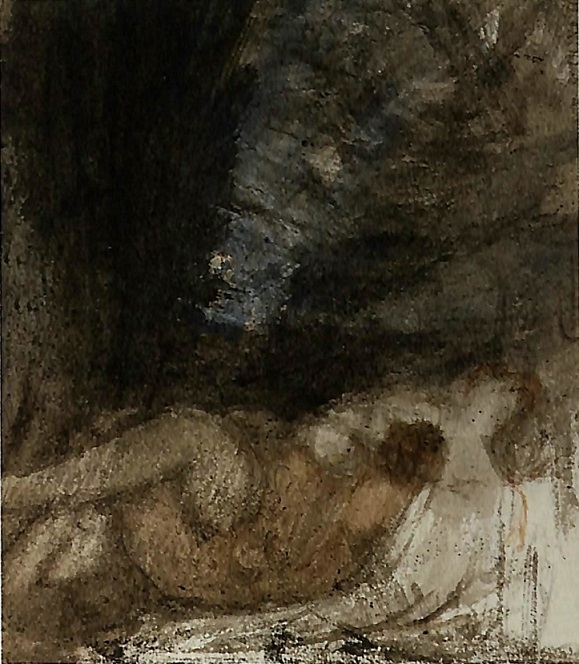 Fig.16.
Fig.16.
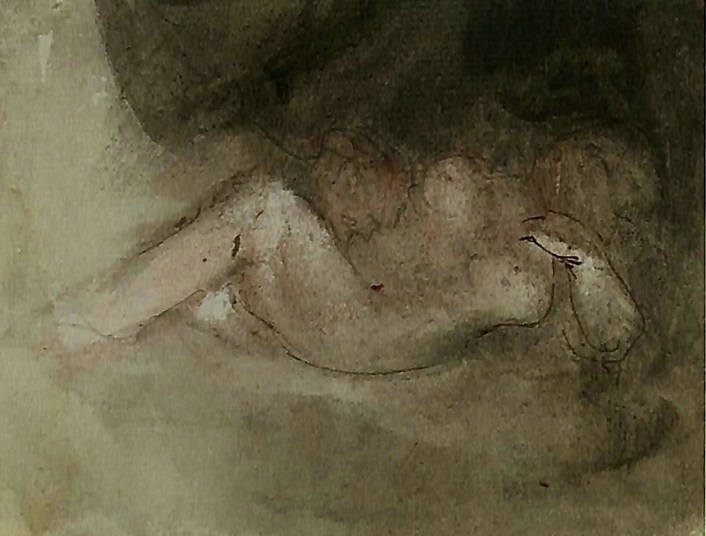 Fig.17.
Fig.17.
Visits to Brothels
Given the impossibility of finding exact answers to these questions, which Ian Werrell himself, at the end of the study, maintains between evidence and doubts, it’s perhaps more interesting to see how Turner's erotic sketches dialogue with his landscapes. The images that make up the sketches were created throughout Turner's life, between 1800 and 1846. Some sketches originate from the Life Class at the Royal Academy and others, supposedly, from visits to brothels or from the artist's lovers (Fig. 10 to 12).
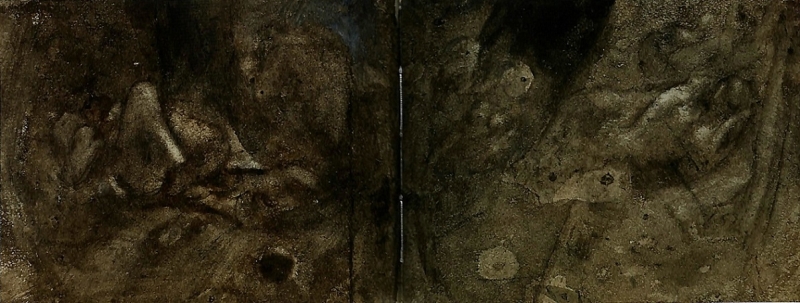 Fig.18.
Fig.18.
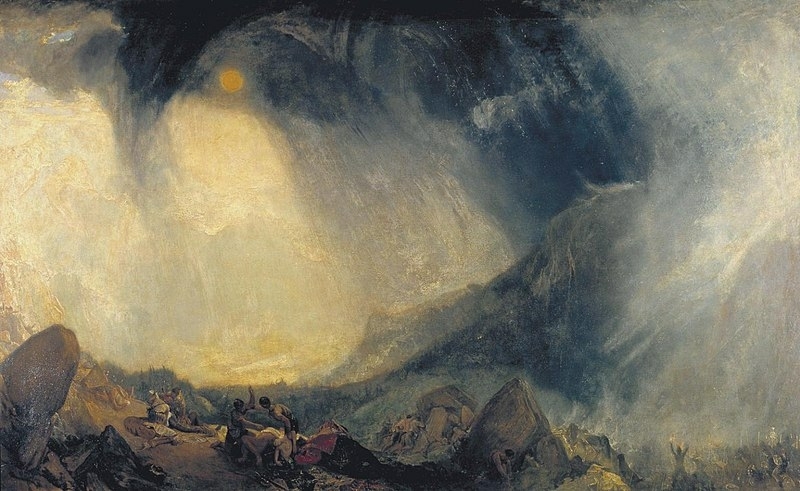 Fig.19.
Fig.19.
Poses of Prostitutes
This classification is based on the classic poses to which the models were subjected and the informal poses of prostitutes, seen by critics of the Victorian era as vulgar and obscene. His images of bodies, whether alone or in pairs, recall his passion for landscapes. If we compare the painting Wreckers, Coast of Northumberland, 1833-34 (Fig.13), with a sketch from 1802 (Fig.14), we will see how his work with oil painting does not differ much from the way he handles watercolor, since, in both works, the quick brushstrokes overlap the colors, so that, with a few strokes, the artist gives us the image of a shipwreck or naked bodies lying on a bed.
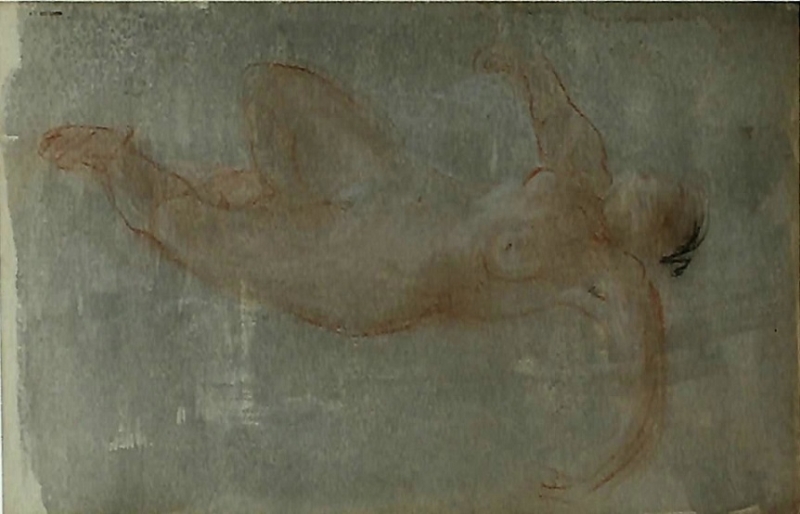 Fig.20.
Fig.20.
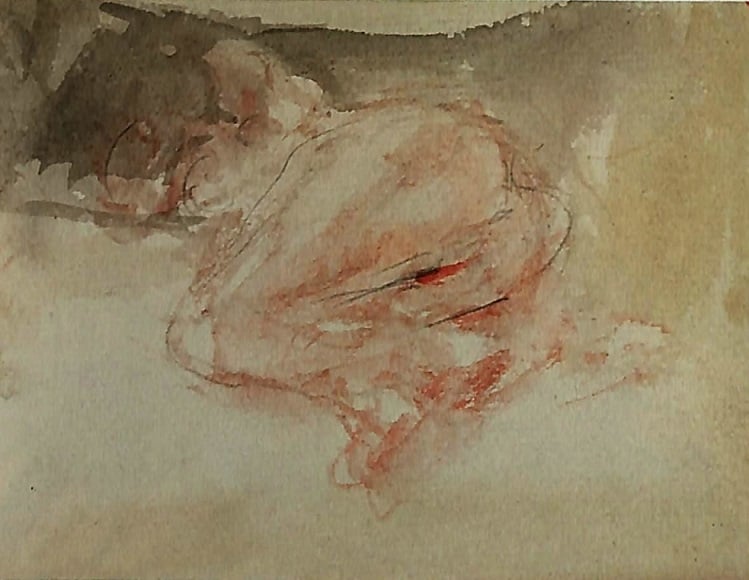 Fig.21.
Fig.21.
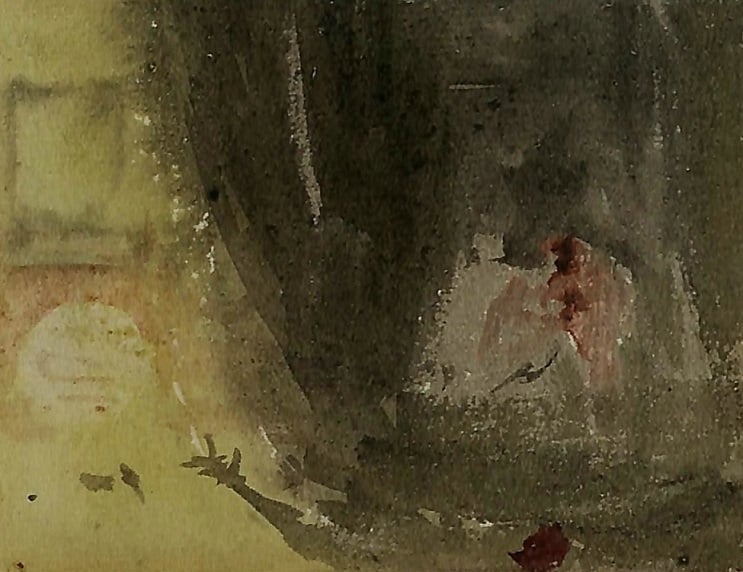 Fig.22.
Fig.22.
Voyeuristic Look
Just as Turner's landscapes demand our attention, his erotic sketches insinuate a voyeuristic look, from which the bodies and poses that they assume are offered to the spectator without any shame. The freedom with which Turner represents such bodies in his sketches (Fig. 15 to 17) is the same as when he creates works such as Hannibal and his Men crossing the Alps, 1810-1812, (Fig.19), since the way differences between size and technique used in different works, are placed, the way in which nature is shaped from its formless aspects, finds parallel in the incomplete anatomy that often merges with the scenario it occupies (Fig. 20 to 23).
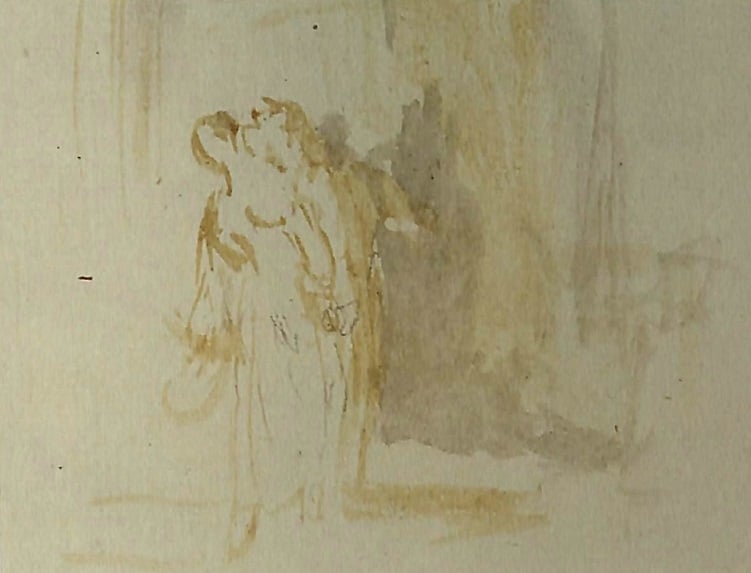 Fig.23.
Fig.23.
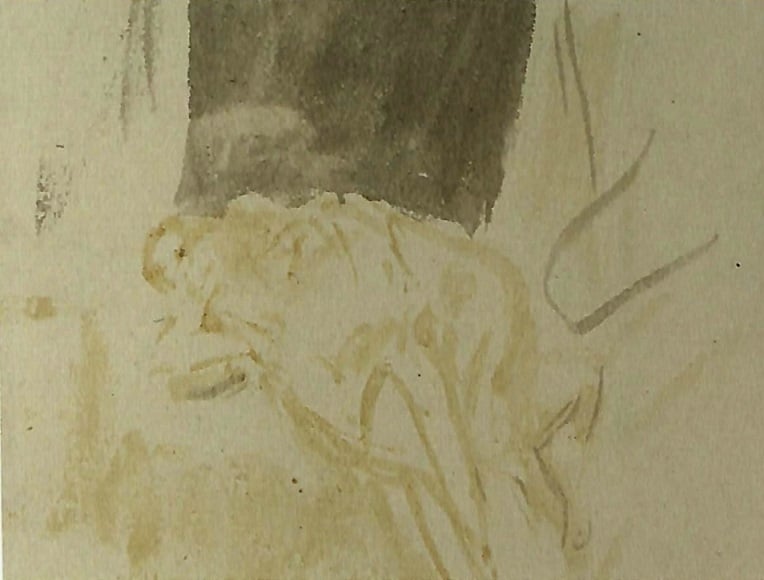 Fig.24.
Fig.24.
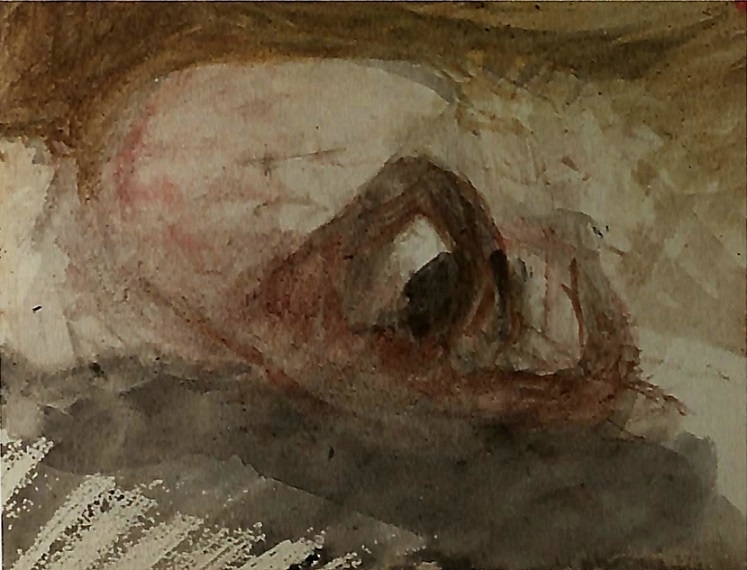 Fig.25.
Fig.25.
Dissolution of Forms
The fact that the sketches, by definition, are incomplete allows Turner to represent the bodies and the sexual act in close proximity to the abstraction, as the image takes place between arrangement and disorder, as the boundaries that separate the bodies from each other or from the space around them dissolve and collapse their identities (Fig 24 to 27). Perhaps, Turner's true subversion, in relation to his erotic sketches, is not in the theme itself, but in the way it’s represented, as the artist explores the dissolution of forms based on an interplay of colors and indefinite lines, so that doubt imposes itself on the vision, by placing the gaze in both an abstract and a figurative dimension.
 Fig.26.
Fig.26.
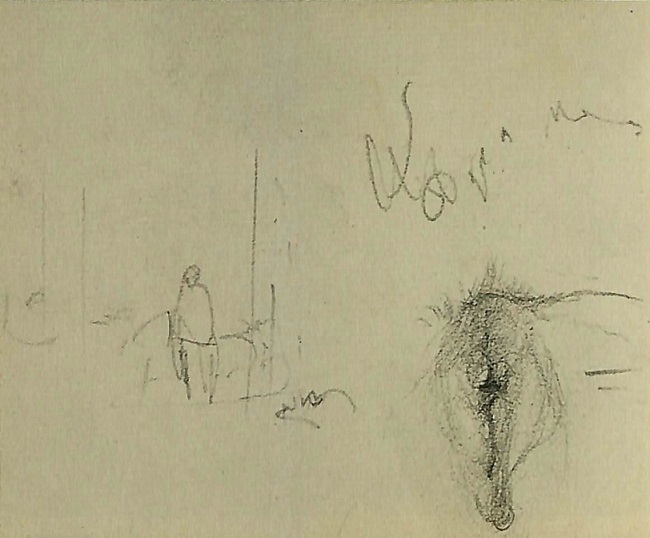 Fig.27.
Fig.27.
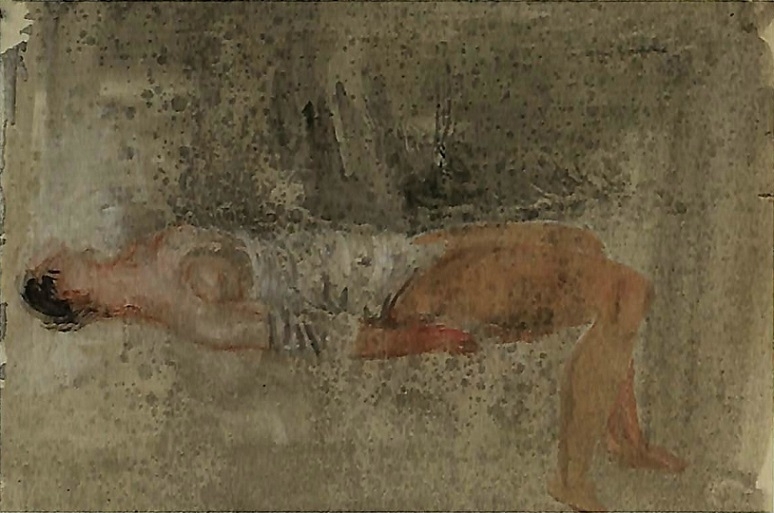 Fig.28.
Fig.28.
Click HERE for the loathsome monsters and lascivious battles In the 18th century engravings of John Mortimer....!!!
What do you prefer, articles on classical erotic art (like this one on Turner) or modern erotic art? Leave your reaction in the comment box below....!!
